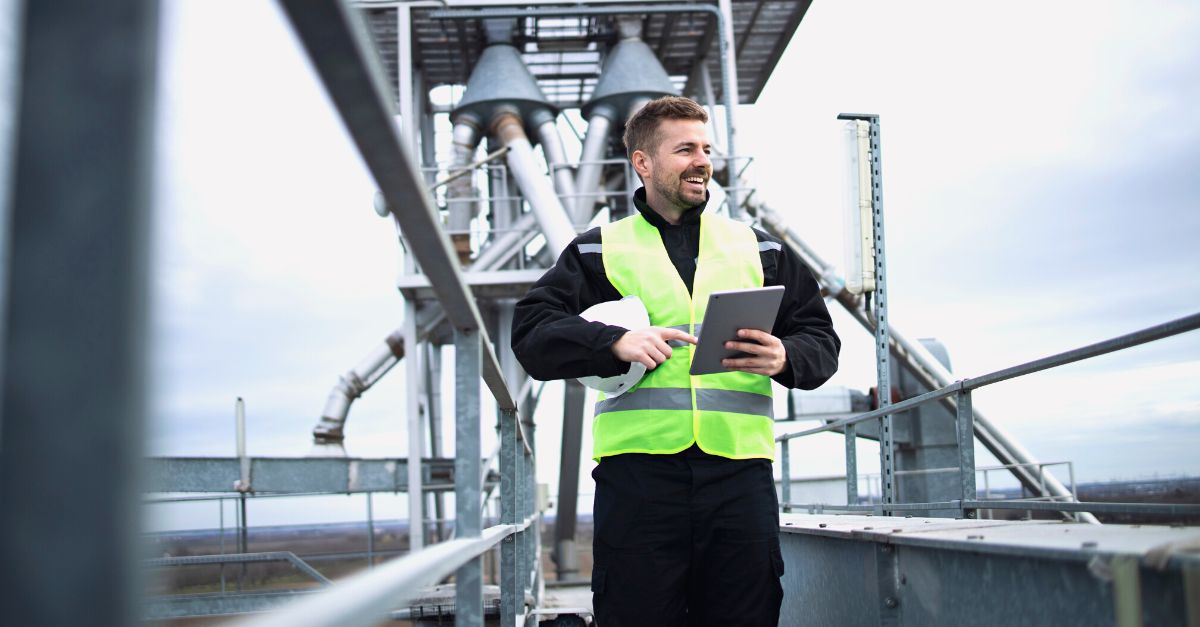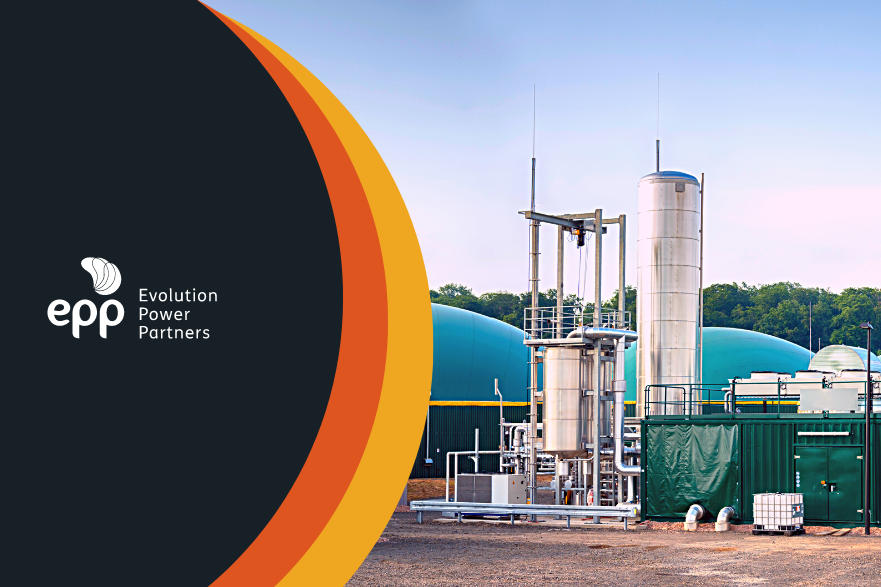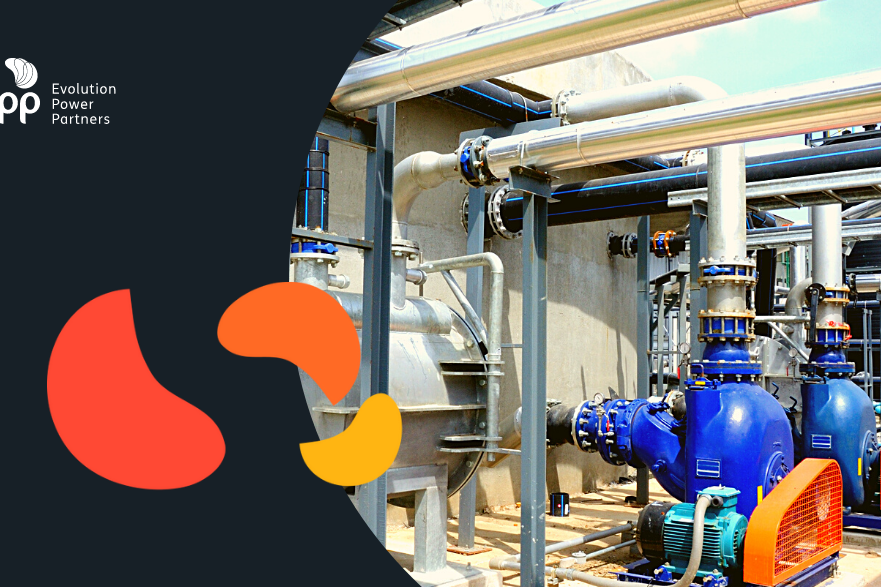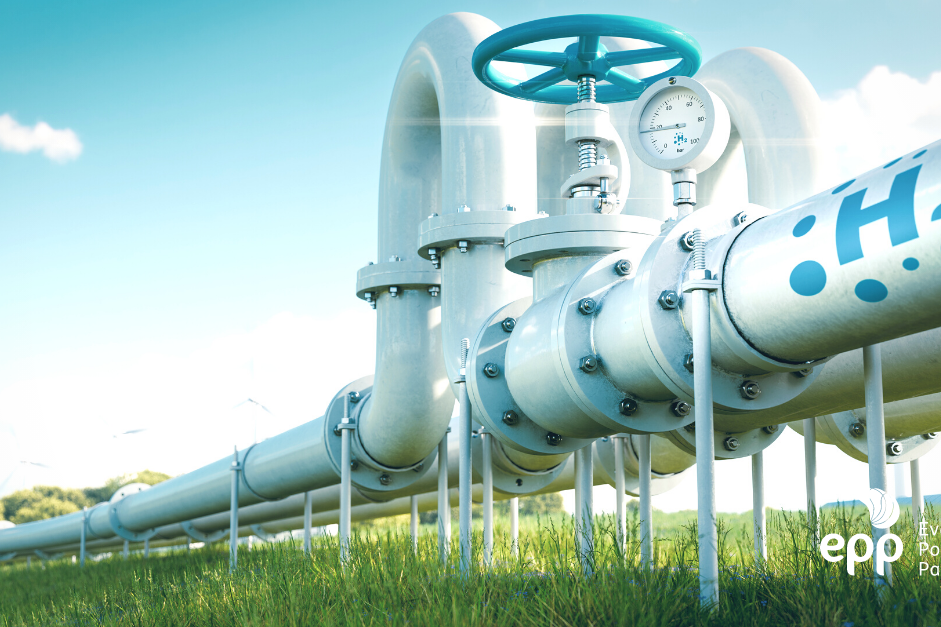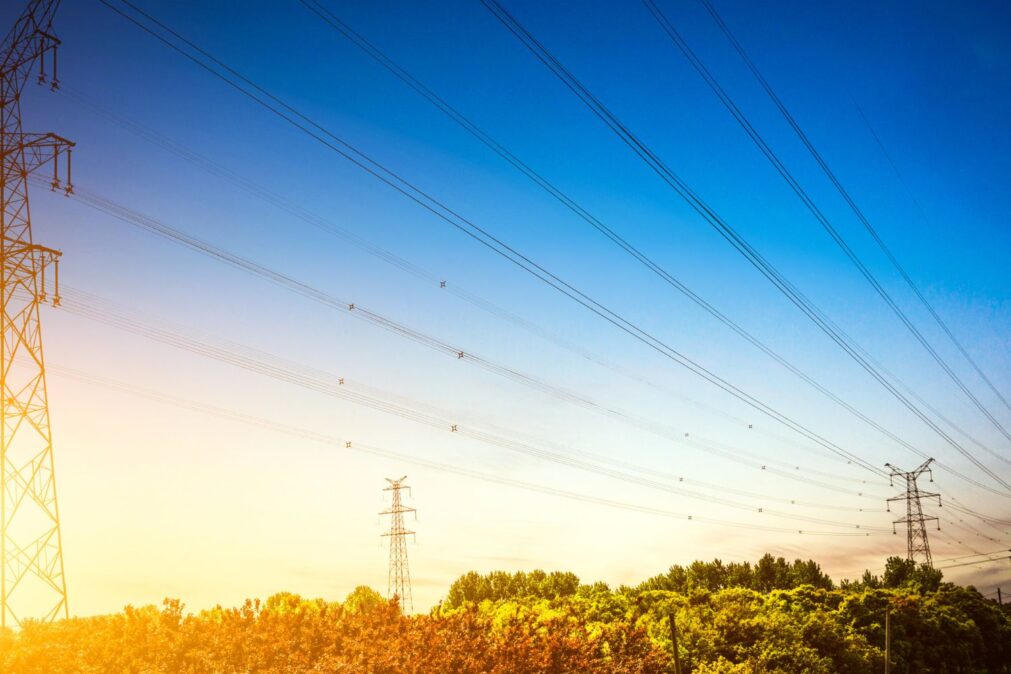The biogas market in Brazil could reach R$ 40 billion in 2030. See expectations and trends for this year.
What can be expected from the biogas market in 2023? The biogas sector is one of the most promising in the world energy sector and plays a key role in the economy of many countries. According to the International Energy Agency, biogas generation grew by around 20% between 2004 and 2017, and the trend is expected to continue in the coming years.
For 2023, the year begins with good perspectives and with expectations of growth both in Brazil and in the world, having as a source of production the sugarcane industry (vinasse, filter cake and straw) and waste from animal production, in addition to urban solid waste.
Biogas market growth expectations
The country has the potential to reach a production of 460 million MMBTU by 2030. With a potential market of BRL 40 billion, according to McKinsey consultancy, the market for biogas and biomethane would be equivalent to around 30% of the demand for natural gas.
Government initiatives, such as the National Biofuel Policy (RenovaBio), the Fuel of the Future Program and the approval of the bill that regulates the Brazilian Market for Emissions Reduction (MBRE) show that fuel has good growth prospects.
Another important point is the emergence of new technologies. Recently, researchers from the University of Glasgow (Scotland) developed a heat pump capable of reducing carbon emissions during the production of biogas. According to estimates, it is possible to reduce up to 36% of pollutants when replacing using a system based on heat pumps.
Bioreactors are used to maintain the ideal temperature during anaerobic digestion to maximize the amount of biogas generated. Instead of using a heating system using natural gas boilers, the scientists used pumps that extract heat from the air. With the replacement, it was found that the system based on heat pumps emits significantly less carbon than the conventional device.
In April, the 5th edition of the South Brazilian Biogas and Biomethane Forum takes place in Foz do Iguaçu with the objective of discussing and contributing to the development of biogas in the South and throughout the country.
Investments in the country
Although the United States is the largest producer of biogas, other countries, such as Brazil, have also invested in the sector. In 2022, biogas production reached 2.8 billion m³, an increase of 21.3% compared to 2021. Last year, according to CIBiogás, 56 new plants were installed, in addition to the 755 already in existence.
The growth is the result of investments made in recent years, encouraging the creation and development of projects and distribution logistics. Another favorable point for the sector is RenovaBio, a national policy that encourages biogas projects, mainly in sugar-energy industries, which can issue decarbonization credits when using waste to generate gas.
In addition to government initiatives, the National Bank for Economic and Social Development (BNDES) has also approved a series of financing for the sector with the aim of producing biogas and biomethane, in addition to contributing to decarbonization.
Over the next five years, 40 plants should start operating, requiring investments of around R$ 8 billion, according to Abiogás. In recent years, the market moved about R$ 3 billion.
Therefore, expectations and trends for the biogas market in 2023 are optimistic. After all, the sector has been one of the most promising in the global energy sector, as it provides sustainable energy generation from the decomposition of organic waste.
